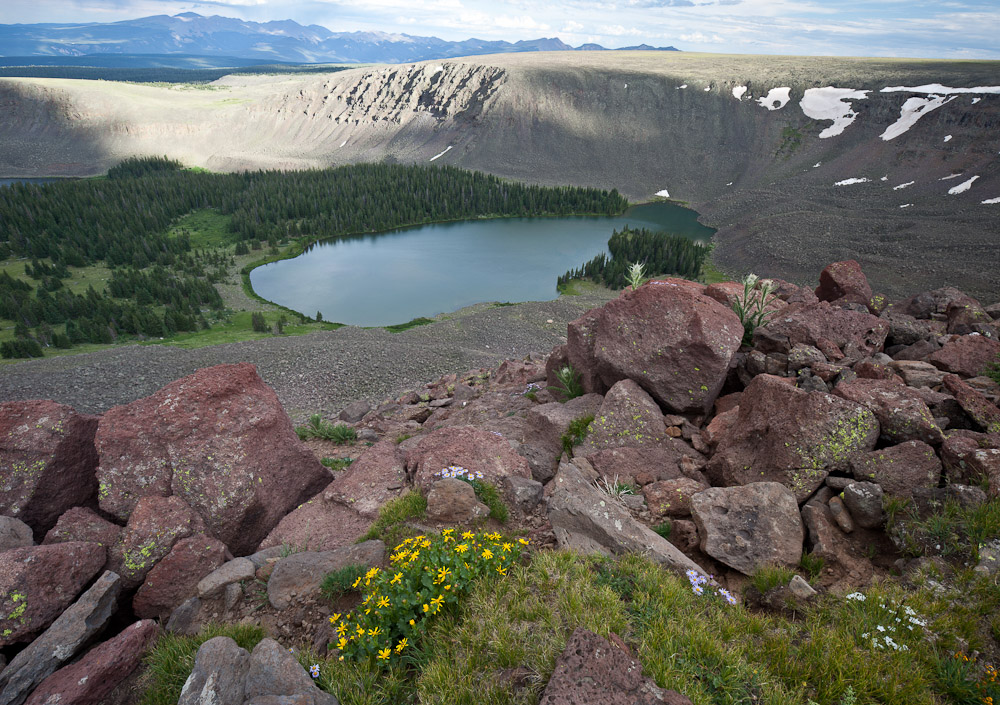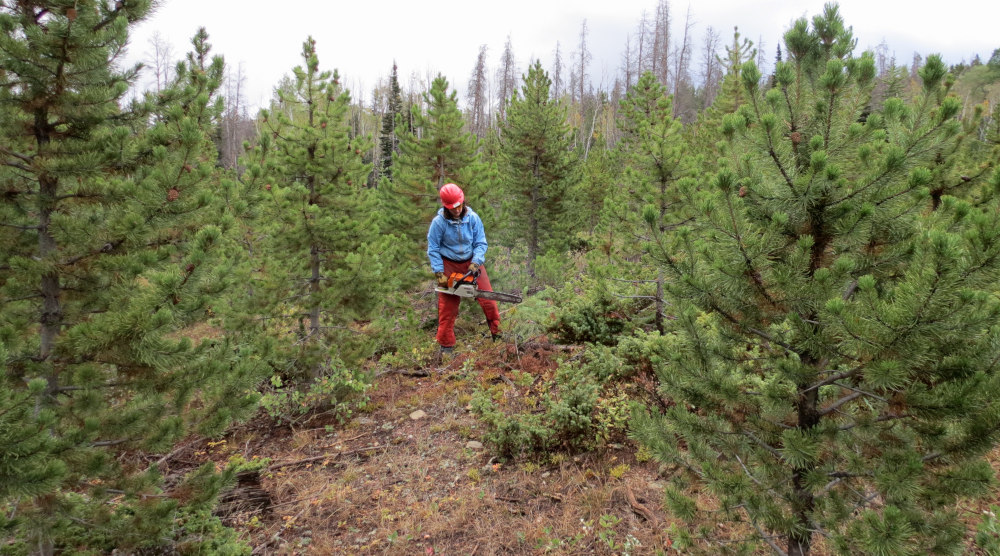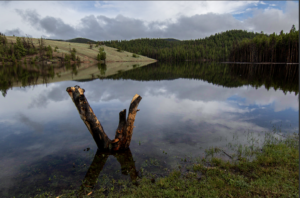
Forests and Water United in the West
Healthy forests lead to healthy watersheds that provide drinking water to millions. In a changing climate, our forests need to be resilient in the face of drought, wildfire, insects and diseases to ensure water remains clean and accessible to people, wildlife and the landscape.






